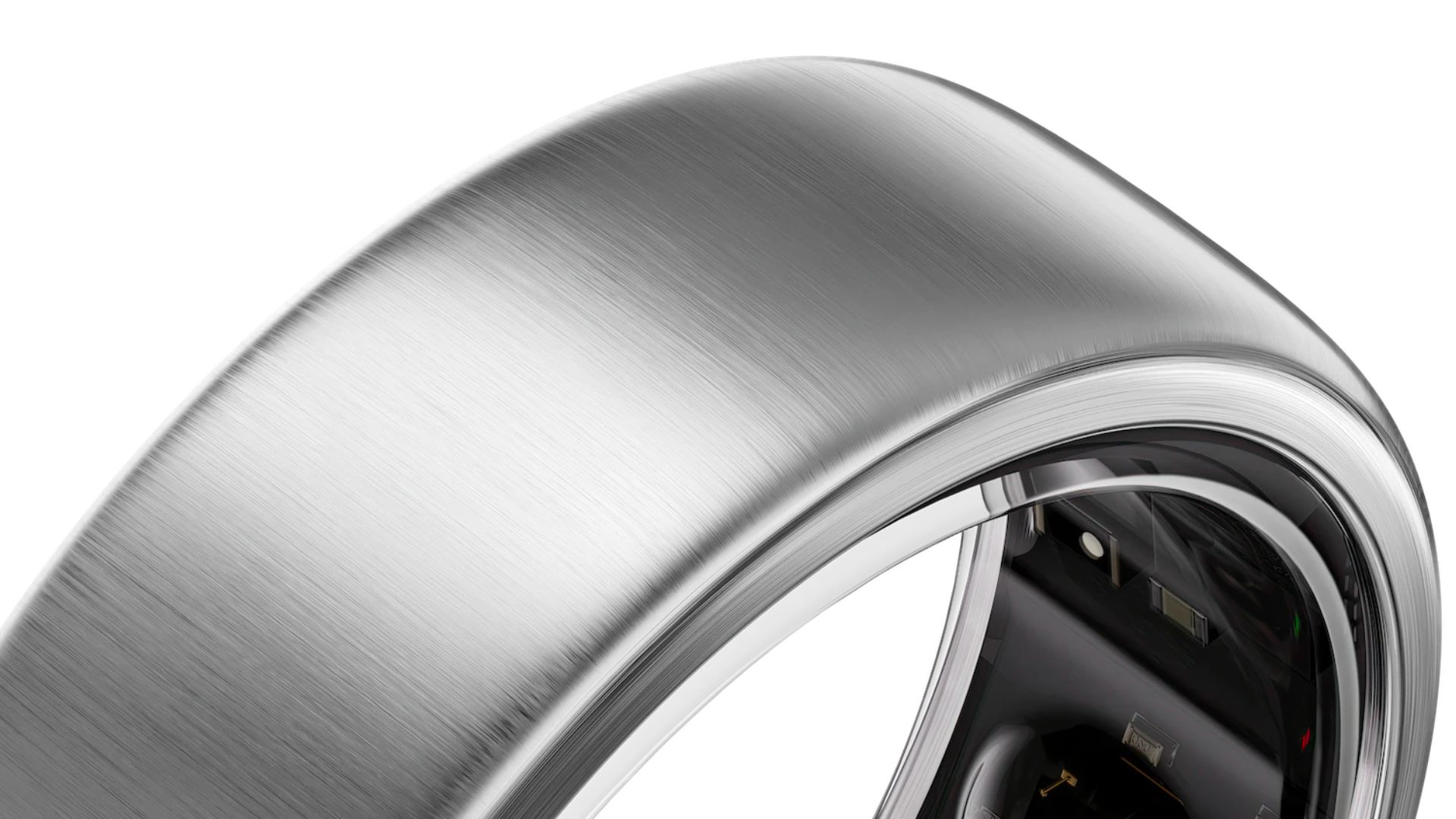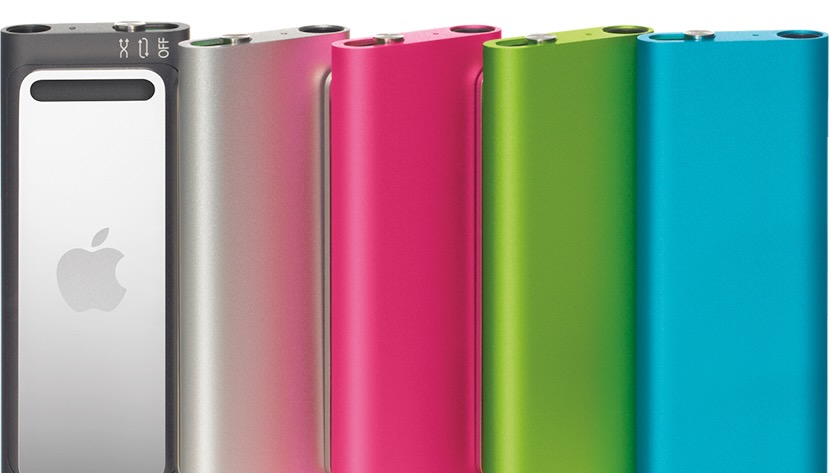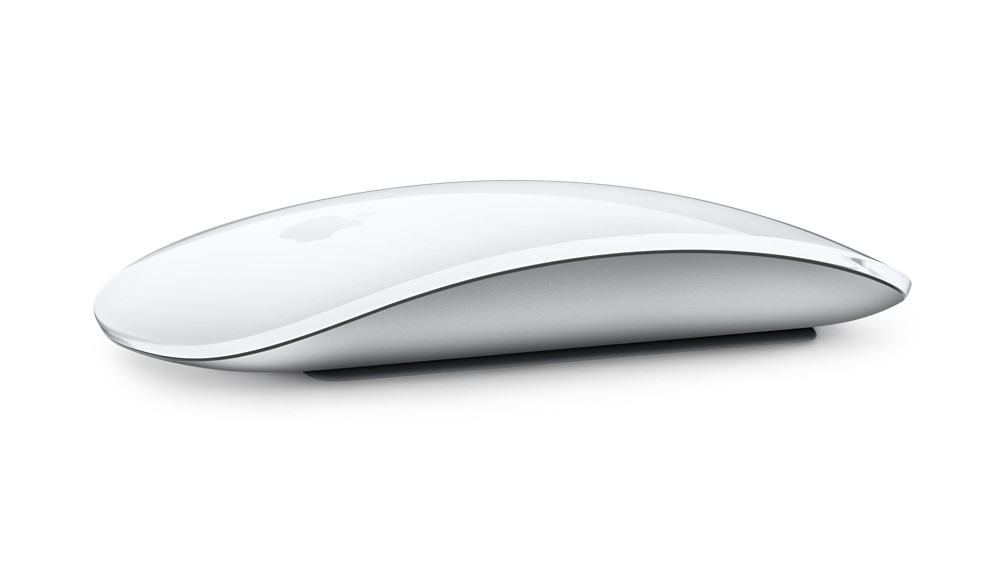What would an Apple Ring be like? Anything but an Apple Watch alternative, and it'll be a winner
The Apple Ring should be an accessory, not a wearable.

Smart Rings are having a moment. The market is thriving, the Oura is more popular than ever, and — most importantly of all — Samsung just announced the Galaxy Ring.
When a piece of consumer technology gains this much traction, an inevitable question arises: what about Apple?
The company is well known for swooping in when a product becomes popular and dominating that sector. The iPhone, Apple Watch, and iPad weren’t the first smartphone, smartwatch, or tablet, but they’re far and away the most dominant devices in those categories.
When it comes to smart rings, we’re edging ever closer to that popularity inflection point. According to Business Research Insight, this market is set to increase from $20 million in 2023 to over $197 million by 2031. While that may be small in comparison to the smartphone market value (valued $418 billion in 2022), there’s enough growth potential there to get the Cupertino bigwigs interested.
This isn’t just wishful thinking though. There’s an increasing number of rumors floating around that Apple is gearing up to enter the smart ring market — and that’s to say nothing of the related patents the company has registered.
All this got us thinking: what would an Apple Ring be like? How would it fit into Apple’s existing ecosystem? And how likely is it to be released?
Let’s find out.
iMore offers spot-on advice and guidance from our team of experts, with decades of Apple device experience to lean on. Learn more with iMore!
What would an Apple Ring be like?
In simple terms, it’s likely to be some sort of fitness tracker.
Before we go any further, let’s make some assumptions. Firstly, the Apple Ring will be like the early days of the Apple Watch and will launch as a single model in different sizes, not with a Pro range like modern iPhones and Macbooks. Secondly, let’s pretend the company won’t hold back features in the initial model with an eye on further iterations.
With this in mind, it’d be likely that the Apple Ring would include step counting, heart rate tracking, blood oxygen monitoring, and GPS. It’d work independently, but would require connection to an iPhone for full functionality.
There would also be an input and output mechanism on the device. The former would either be a button (unlikely) or the same sort of pressure controls you find on AirPods. The latter would be similar to the haptic feedback you get when typing on your iPhone. These two functions would give users basic controls (such as changing the volume) and the ability to receive simple notifications, like an alarm or phone call.

Because it’s unlikely to have a screen, the Apple Ring would have a longer battery life than the company’s other wearables, with it positioned as a subtle sleep tracker and step counter.
The ecosystem conundrum
So far, so simple, but the more time you spend thinking about the possibility of an Apple Ring, the more a single question comes up: who is it for?
When most new Apple products launch, the most likely candidates are those deeply embedded in the ecosystem, but here we find an immediate problem.
From the description above, we can view the Apple Ring as a stripped-down Apple Watch, the Apple Watch Nano, if you will. Yet those early adopters — the people most likely to pick up a new Apple product — will most likely already own a smartwatch from the company.
So what’s the point of difference that will drive this purchase?
The reason the iPod Shuffle succeeded alongside a regular iPod was because it had a drastically different use case. People might own both because the Shuffle’s flash memory made it perfect for working out, while the hard drive and size of the classic model made this tougher.

But what’s the difference maker for the Apple Ring? If you want something cheaper than the Watch, there’s the SE, but beyond that the Ring’s biggest alternative benefits would be an improved battery life, or the ability to wear a regular wristwatch and still track your health.
Of course, there’s also the chance to attract people who don’t see the point of an Apple Watch, but one has to assume this is broadly an issue with wearable technology in general, not the device itself.
However that pans out, in this current state it’d be tough to see it finding a wide audience — especially if there’s no clear reason to own an Apple Watch and a Ring. This, it goes without saying, would eat into Apple’s ability to make serious profit.
Finding the difference maker
Yet there is a route for the Apple Ring to move into an entirely different category and find its niche: as an accessory, not a wearable.
One of the coolest features of the modern Apple Watch is Double Tap. When you tap your index finger and thumb together twice the smartwatch executes a specific task depending on the current app and what functionality you assign the gesture. This — alongside the rise of the Vision Pro and spatial computing — maps a potential path for the Apple Ring: an input tool.
It’d be a health tool, but it could also operate as a way of interacting with other Apple devices. Because of its placement on your finger, small motions (like tapping or sliding your thumb on it) could be assigned to fulfill specific tasks. That could be snapping a photo, changing tracks, switching apps, and, well, whatever your imagination can conjure up.
The integration could go even further. Why not use the Apple Ring like a cursor? A mouse replacement? Something like that scene from Minority Report?
To put it another way, if the Apple Ring is going to thrive in the company’s ecosystem it needs to be less Apple Watch Nano, and more Magic Mouse Mini.

Yes, the Apple Ring would operate as a fitness tracker, but it’d also offer something completely different from the company’s other wearables. If this were the case, then Apple could sell the Ring to both those entrenched in its ecosystem and to the segment who just want a small health wearable.
It’s a win-win.
So, will Apple bite the bullet and release a Ring? That depends on two things. The first is technological, specifically whether it can make an input tool that feels organic, intuitive, and useful. The second is monetary: is there enough of a market to warrant the investment in creating and producing an Apple Ring?
I believe Apple could make such a device — but the fact the smart ring market is predicted to be almost ten years away from breaking the $200 million mark is likely to put a damper on any plans. It’s expensive to develop a new product, after all.
Yet we can say one thing for certain: if the Galaxy Ring is successful, that will change. And fast. Apple is never one to resist a new revenue stream.

Callum Booth is a journalist with over a decade of experience. Previously, he was the Managing Editor of The Next Web, an Amsterdam-based global tech news site owned by the Financial Times. Callum's reporting has been cited widely, including in VICE, the FT, and the BBC.
While working as a freelancer, his writing has appeared in The Verge, The Daily Telegraph, Time Out, and many more.
Outside of work, Callum’s an avid bookworm, a Fisherman's Friends addict, and resolutely unshaven. Follow him on Twitter/X @CallumBooth or visit www.callumbooth.net.
